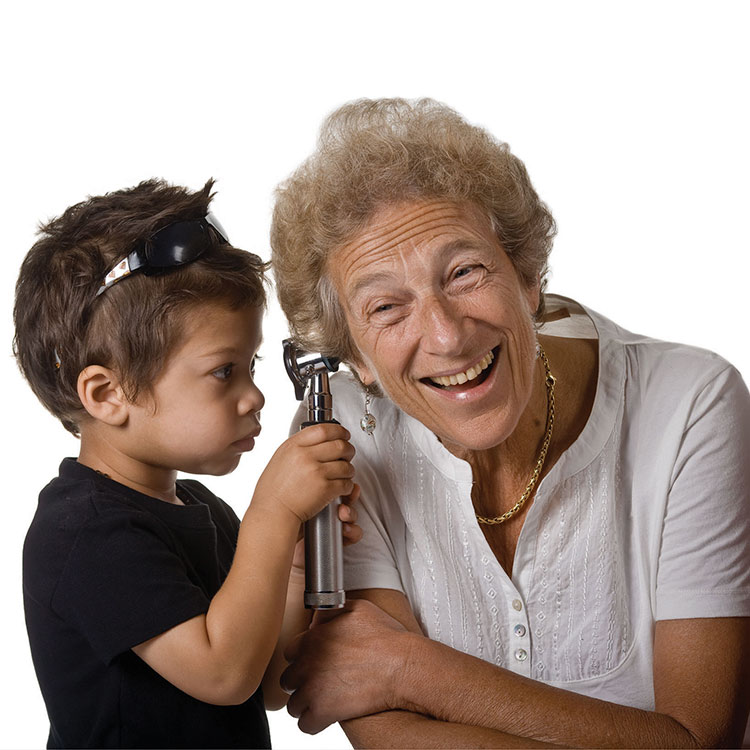Search
Research
Antibiotics versus topical antiseptics for chronic suppurative otitis mediaTo assess the effectiveness of antibiotics versus antiseptics for people with chronic suppurative otitis media.
Research
Topical antibiotics for chronic suppurative otitis mediaWe are uncertain about the effectiveness of topical antibiotics in improving resolution of ear discharge in patients with chronic suppurative otitis media
Research
High concentrations of middle ear antimicrobial peptides and proteins are associated with detection of middle ear pathogens in children with recurrent acute otitis mediaElevated antimicrobial proteins and peptides and cytokines in middle ear effusion are a marker of inflammation and bacterial persistence
Research
Geographic consistency in dominant, non-typeable Haemophilus influenzae genotypes colonising four distinct Australian paediatric groups: a cohort studyIdentified dominant PCR-ribotypes common to geographically disparate Australian paediatric populations
Research
High detection rates of nucleic acids of a wide range of respiratory viruses in the nasopharynx and the middle earBoth bacteria and viruses play a role in the development of acute otitis media, however, the importance of specific viruses is unclear.
Research
Crowding and other strong predictors of upper respiratory tract carriage of otitis media-relatedWe investigated predictors of nasopharyngeal carriage in Australian Aboriginal and non-Aboriginal children.
Research
Theories of otitis media pathogenesis, with a focus on Indigenous childrenOtitis media is a common childhood illness associated with hearing loss, social disadvantage and medical costs. Prevalence and severity are high among...
Latest news & events at the Wesfarmers Centre of Vaccines & Infectious Diseases.

News & Events
Homes crucial for healthy earsThe Kids researchers discovered that overcrowding is the strongest predictor of carriage of bacteria that cause otitis media
News & Events
Fresh Science to target painful ear infectionsThe Kids's Dr Ruth Thornton is one of 12 finalists in the annual national Fresh Science competition with her research into middle-ear infections.
